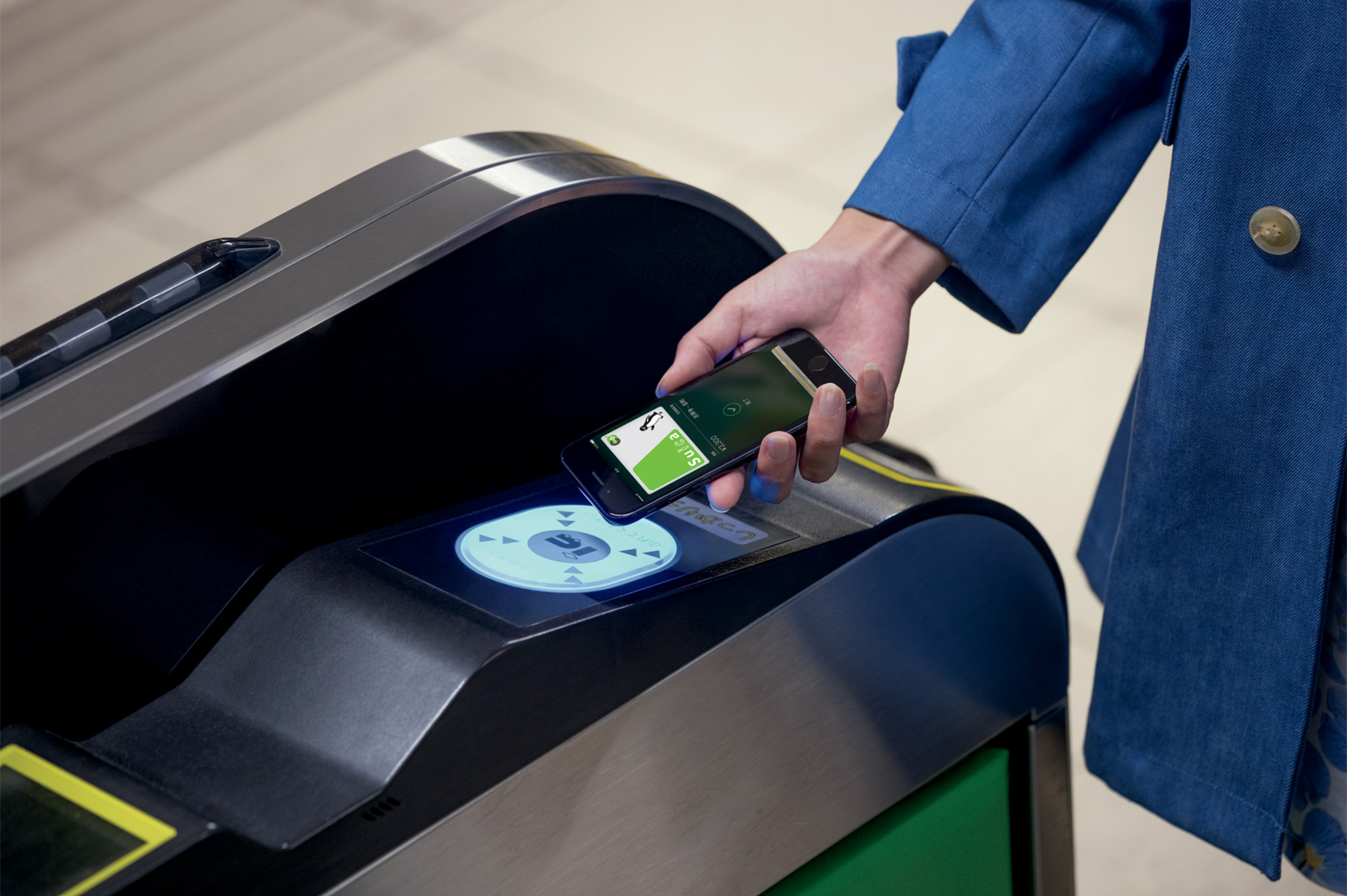Apple Pay now in 20 markets, nabs 90% of all contactless transactions where active

While we are going to have to wait a little longer for Apple to launch payments in iMessage, this weekend, Jennifer Bailey, Apple’s VP of Apple Pay, announced a series of other milestones for the digital wallet and payments service that competes against the likes of Android Pay from Google, Samsung’s wallet and others efforts from retailers and banks.
The advances point to how Apple wants to steal a march when it comes to using phones as a proxy for a card or cash, and there is some anecdotal evidence that it’s working: merchants and others who have partnered with Apple say that Apple Pay is accounting for 90 percent of all mobile contactless transactions globally in markets where it’s available.
“Apple Pay is the future of everyday spend,” said Bailey on stage at the Money 20/20 conference that kicked off in Las Vegas yesterday.
Bailey announced that the service is launching in Denmark, Finland, Sweden, and the UAE in the next few days, bringing the total number of countries where it is used up to 20. And she said that 4,000 issuers worldwide now work with the wallet (that is, there are now 4,000 credit and debit card issuers whose cards can now be uploaded to and used via Apple Pay).
While these may not sound like a massive numbers on their own, 20 markets represents a full 70 percent of the world’s card transaction volume. This underscores how Apple is approaching the roll out of its payment service: it is moving first to where the money is.
With that expansion, she also revealed a bit more about how Apple Pay is going to become more ubiquitous, not just in terms of retailers where you can use it, but in terms of use cases.
When Apple Pay Cash it turned on, for example, it will operate like Venmo, allowing users to transfer money quickly to each other via iMessage, Siri and other channels — a service that “thousands” of Apple employees are now using in a closed beta before the service is turned on more widely later this year in an iOS 11 update.
But in addition to that, users will also be able to take that money and spend it directly at retailers and others that accept Apple Pay.
This is notable because it’s an early example of how Apple might potentially (not now, but in the future) provide a wallet service where it acts not just as the place where you can store other payment instruments, but becomes the payment and storage instrument itself.
That’s not to say that Apple is only working on new use cases. Bailey also provided a long list of new stats that speak to new retailers that are now accepting Apple Pay, and older partners that are seeing strong use of the service:
— Apple Pay is now at more than 50 percent of all retail locations in the U.S., including 67 of the top 100 US retailers. Full roll-outs include the supermarket chain Albertsons (2,300 locations) and Dick’s Sporting Goods (675 locations).
— Bailey said that “everyday commerce” categories — transportation, ordering coffee or meals ahead of getting them, and contactless tickets — are “booming.” (Ticketmaster is now rolling out contactless tickets to U.S. sports stadiums and concert venues.)
— Apple estimates that the number of transactions across everyday categories is already twice the number of transactions in traditional e-commerce, and growing five times faster than physical retail.
Published at Mon, 23 Oct 2017 09:38:50 +0000



